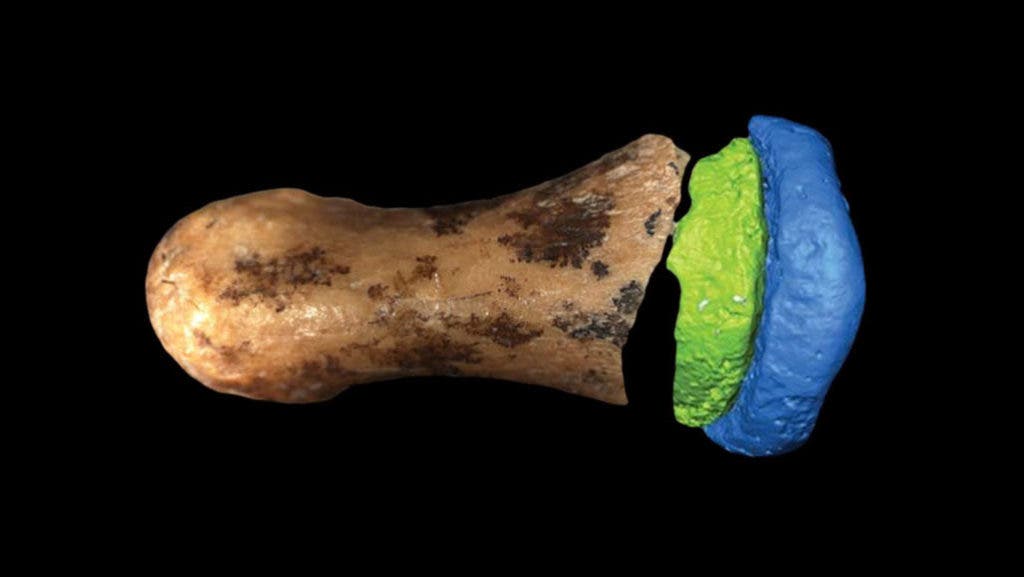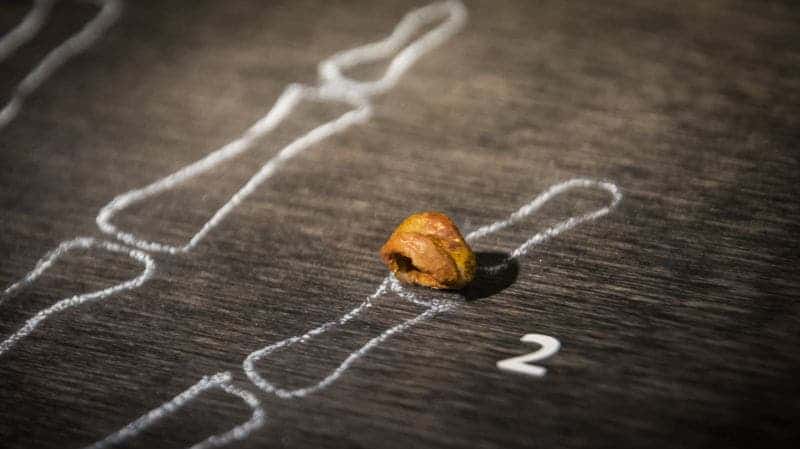Denisovans continue to remain a mystery.

Very little is known about the Denisovans. Up until a decade ago, their very existence was debated, until a tiny fragment of a fossil pinkie bone in Siberia’s Denisova Cave yielded Denisovan DNA, which cemented their existence — but we still haven’t learned all that much about them.
We know that they were a humanoid species, our “cousins”, alongside Neanderthals. They even mated with the two groups (as DNA analysis showed) — but other than that, things aren’t really clear. We don’t know what they looked like, what they ate, and what brought about their demise. The new study helps shed some light on those issues, suggesting that Denisovans were much more like ourselves than previously believed.
To date, only five skeletal fossils are known from Denisovans: three molars, a mandible, and the tip of a pinky finger from a 13-year-old Denisovan girl. That pinky finger yielded the valuable DNA information, but there’s only so much you can learn from DNA. Now, researchers believe they’ve found another fragment of the same finger, which only adds to the mystery of the Denisovans.

The reason why the finding is so conflicting is because the finger is surprisingly modern — whereas other Denisovan features (such as teeth) don’t resemble human features at all.
So what does this mean about the human-Neanderthal-Denisovan relationship?
Neanderthals had longer finger bones with wider ends — something which seems to be a functional adaptation to their lifestyle. Human and Denisovan fingers, on the other hand, look quite different — which indicates that these finger adaptations evolved sometime after Neanderthals and Denisovans branched off from their last common ancestor 410,000 years ago. It’s unclear what lifestyle differences would have led to these different finger adaptations.
Meanwhile, previous findings suggested that the Denisovan jaw’s features are very similar to those of Neanderthals, which suggests that both species inherited those features from their last common ancestor.
This doesn’t mean that Denisovans are closer to us evolutionarily — instead, it highlights the fact that not everything that’s extant is also modern, in evolutionary terms. Oh, and it also highlights the fact that Neanderthals are weird and have weird fingers, says Jean-Jacques Hublin, director of the Department of Human Evolution at the Max Planck Institute for Evolutionary Anthropology, who was not involved in the study.
These differences may seem subtle but they hold the key to the different adaptations that these species underwent. They may very well define what makes us different from Neanderthals and Denisovans, and may even help explain why we survived while they went extinct.
The study has been published in Science Advances.






